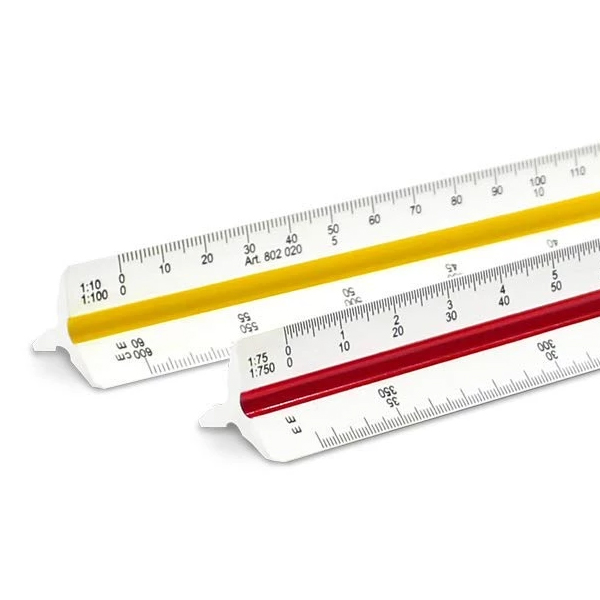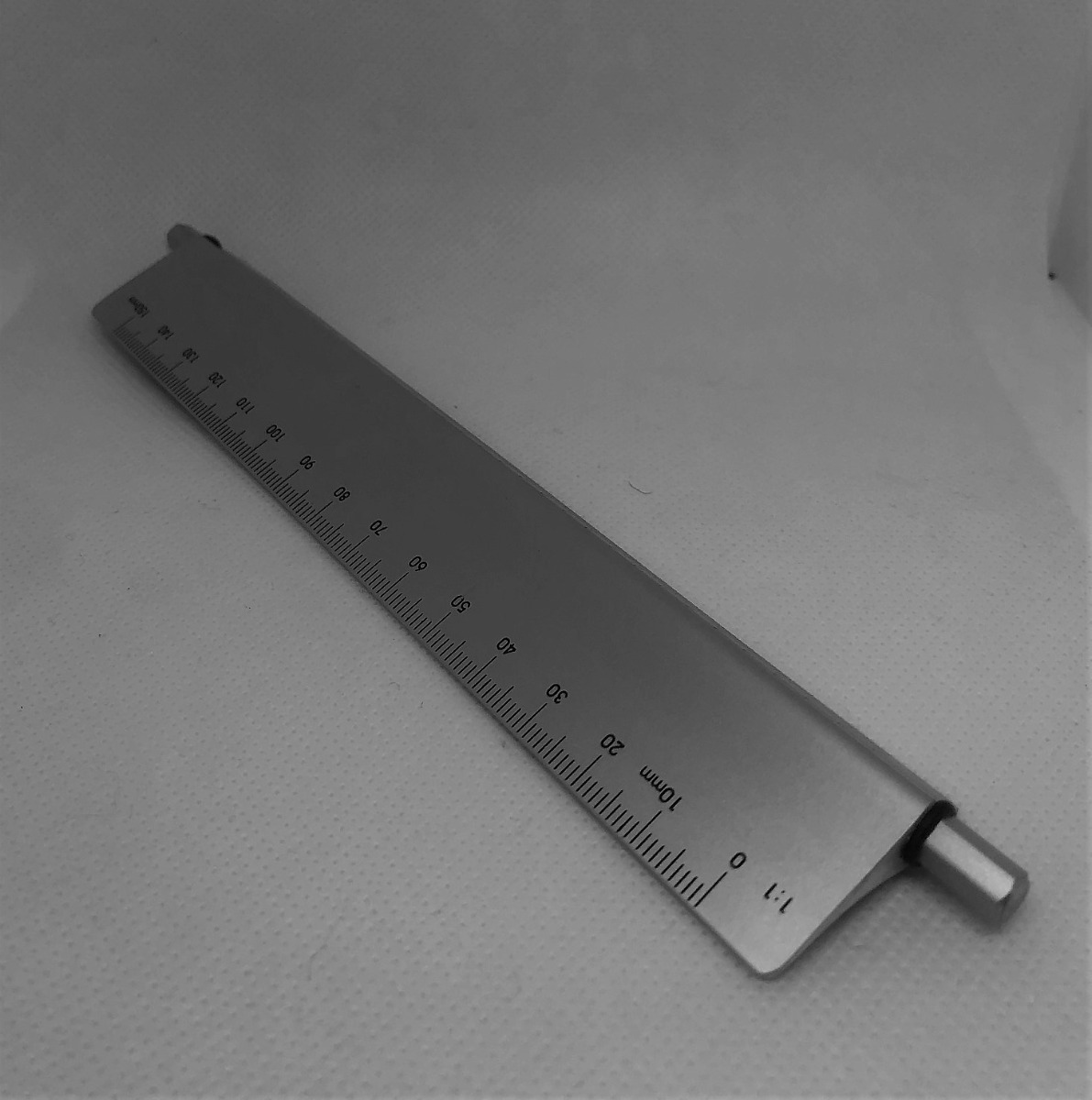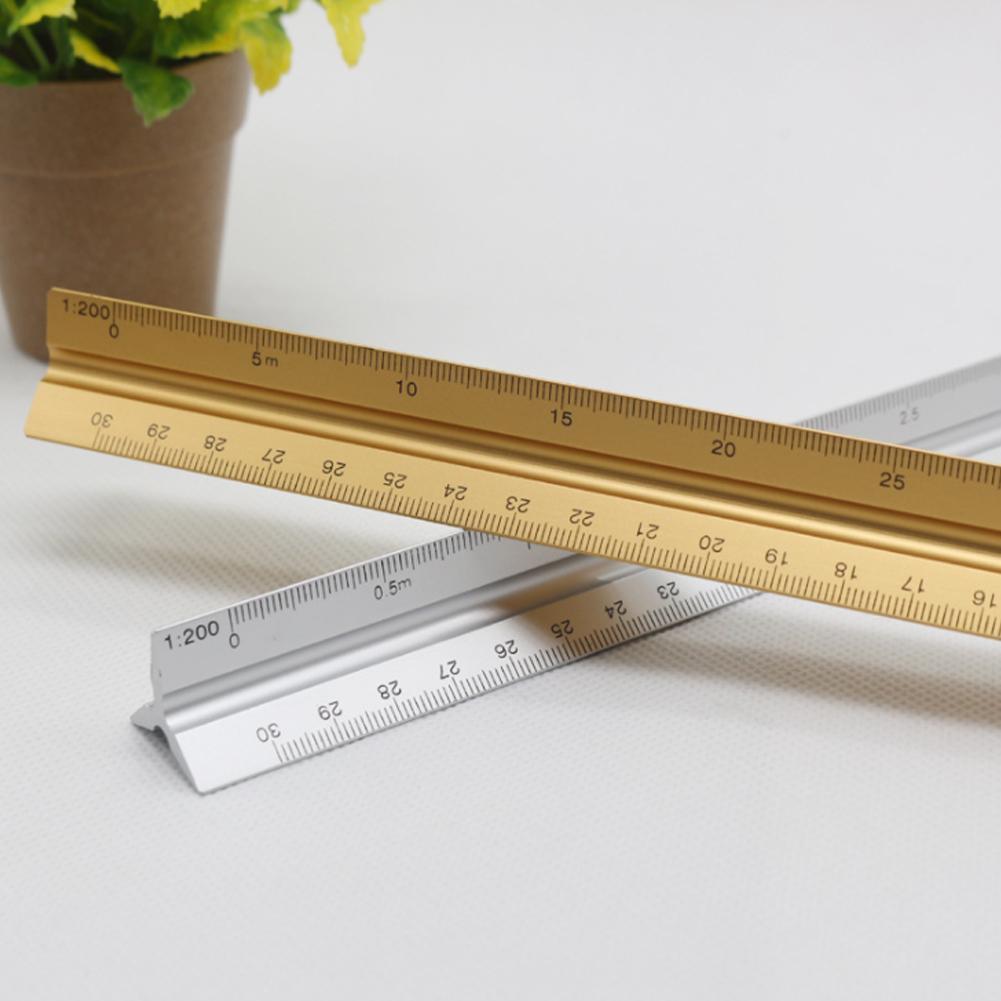
To view a selection of 'Imprinted' Architect's 6" to 24" Rulers, please click here.

To view a selection of 'Imprinted' Architect's 6" Pocket Rulers, please click here. To view a selection of Modeler's scales, please click here. To view a selection of Architect's scales, please click here. Measuring is possible either using a two-dimensional, rectangular ruler scale or a one-dimensional, horizontal or vertical scale. It allows you to measure the size of elements on the screen in different units, including pixels, centimeters and inches.


#RULER SCALE WINDOWS#
This procedure seems somewhat cumbersome, however once you have mastered it and understand it's principle, you will be quickly and easily converting scale drawings to real measurements with no math involved. Screen Ruler is a lightweight and configurable ruler tool for Windows Desktop. Take the reading from this part of the scale (depending on the scale this may be graduated smaller or larger than 1") and add this number to the whole feet you mentally noted earlier. Now if you go back to the zero end of the scale the fractional feet to be measured will be represented by the distance of the start point of the object being measured to the zero point on the scale. Ditto for the vertical ruler: starts at one for a one-inch margin, restarts at zero at the white space, and only goes up to ten. Then slide the ruler so that the number you noted mentally lines up with the end of the item being measured. In Word’s default 8.5 by 11-inch page setup, the horizontal ruler starts at 1 (indicating a one-inch margin), then resets at zero where the margin ends, then counts up to 7.5 for the remaining horizontal space. This number represents the whole feet of the item you are measuring. Mentally note this number and be sure to 'round down' even if you are close to the next number. Read the number off the scale that is closest to the ending point of the item measured. Line up the zero mark on the scale selected with the beginning of the item you wish to measure, then determine at what point on the scale the end of the item you wish to measure is. One scale reads left to right and the other right to left. Be careful when selecting the scale on the ruler, there are two scales on each edge. This would represent a drawing with a scale of 1/8" = 1 foot. For example, 1/8 on the ruler is in fact a scale that converts 1/8 inch on the drawing to 1 foot. Once the scale of the drawing has been ascertained, select the correct scale on the ruler. Most architectural, construction and engineering drawings and blueprints are scaled to allow for large areas, structures or items to conveniently fit on a reasonable size of paper.īefore using an architect's scale or ruler, it is important to know the scale of the drawing or item that is being measured. These are the differences between a ruler and a scale.An Architect's or scale ruler is designed for use in determining the actual dimensions of a distance on a scaled drawing. You cannot use a straight edge for it though. A circular ruler assists you well in measuring the distance around the edge of a curve. There are circular rulers too and their use is different from the straight edge ruler. A ruler is used very effectively in drawing accurate graphs in algebra and other math topics. A ruler with straight edge is used with a little bit of an extra advantage than a scale. The use of scale is simple in purpose whereas that of a ruler is complex in purpose. A ruler need not be used for this purpose. Engineer’s scale is used in measuring the lengths within rooms.Ī scale is virtually used for measurements along a straight line. Linear scale is used in the showing the scale of a map or a chart. Some of them are engineer’s scale, linear encoder, linear scale, vernier scale and architect’s scale. It is interesting to note that there are several kinds of scales. It is limited in use whereas a ruler is unlimited in use. This is the reason why a ruler often contains calibrated lines that are employed in measuring distances.Ī scale on the other hand is simple kind of ruler that is used in geometry to measure length. Since it rules lines it is called as a ruler. It is important to know that a ruler is necessarily a straightedge to draw or rule lines.

It is an instrument used often in geometry and engineering drawing. There is some difference between their connotations.Ī ruler is sometimes called as a rule or simply as line gauge. Scale and Ruler are two words that are often confused as words that denote one and the same object.


 0 kommentar(er)
0 kommentar(er)
